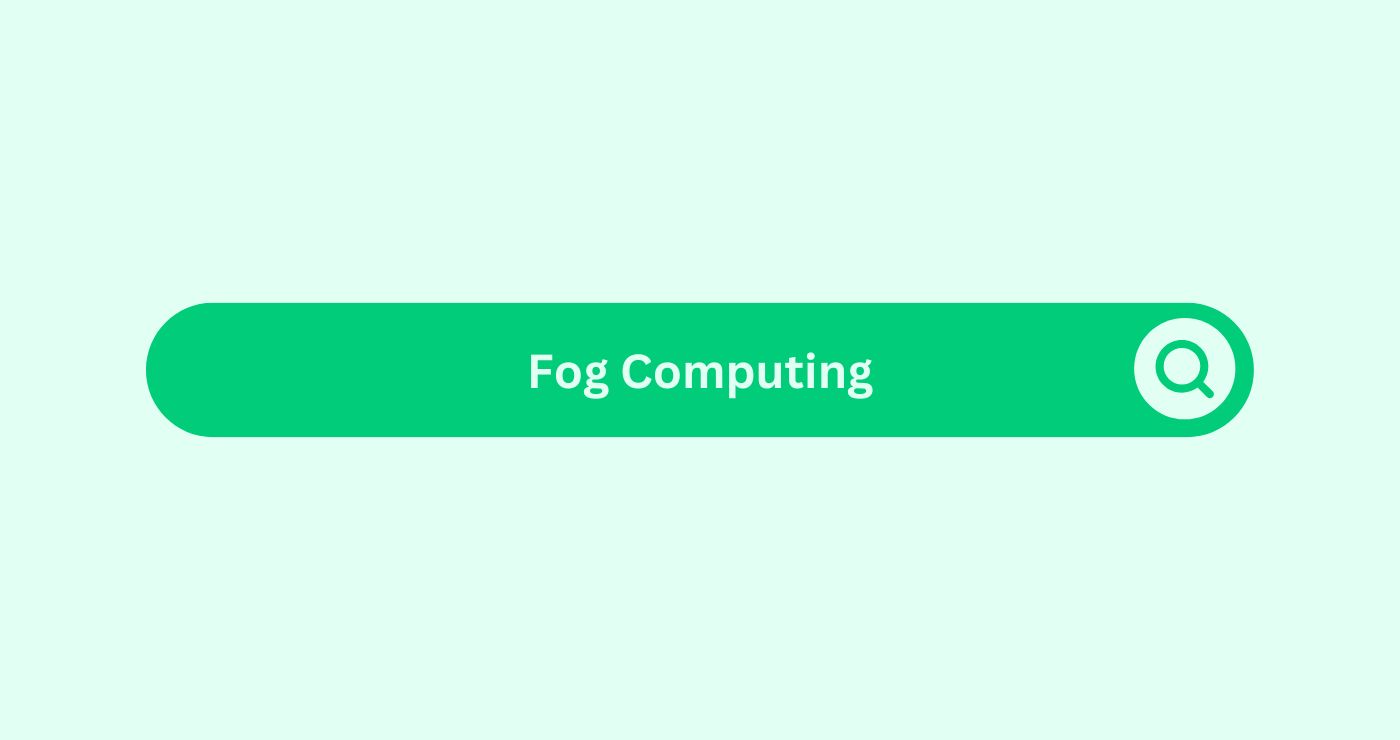Definition
Fog Computing is an advanced, decentralised computing architecture where data processing, storage, and decision-making happen closer to the user—at or near the network edge, rather than solely in a distant cloud serverDefinition A Server in the SEO space refers to a computer sy.... This setup reduces latency, saves bandwidthDefinition Bandwidth refers to the maximum rate of data tran..., increases fault tolerance, and allows for real-time AI-powered content and campaignDefinition An SEO campaign involves focused, Organised effor... decisions.
It differs from edge computingDefinition Edge computing in AI terms in content marketing r... in scale and scope: where edge focuses on individual devices, fog orchestrates multiple nearby nodes (like routers, gateways, and local servers) to collaboratively run AI models and serve content faster and more intelligently.
For a performance marketing agency, fog computing powers dynamic geo-targeted ads and in-store retargetingCornerstone Content is vital for SEO, organizing your site a.... Instead of waiting for the cloud to analyse signals from 100 stores nationwide, fog nodes process foot trafficDefinition In the context of SEO (Search Engine Optimisation..., local trends, and device interactions onsite—instantly adapting offers and visuals.
An SEO company can benefit when integrating real-world behaviour (like mobile check-ins, voice search, or kiosk inquiries) into a brand’s local SEODefinition Local SEO in social media marketing boosts online... and structured dataDefinition Structured Data refers to a standardized format f... strategy. By feeding this edge-collected behavioural data into content recommendations or local page updates, marketers close the loopDefinition A Loop in Social Media Marketing refers to a stra... between physical and digital signals.
For a digital marketing agency in Auckland, this means turning everyday, real-time interactions—like someone hovering over a smart map in Queen Street or opening a proximity-based push notification in Takapuna—into actionable campaignDefinition An SEO campaign involves focused, Organised effor... triggers. All without waiting for laggy cloud sync.
How to an AI-Driven Content Strategy
| Fog Layer Function | Marketing Impact | Example |
|---|---|---|
| Local AI Processing | Enables rapid response campaigns | Push limited-time offers during peak foot trafficDefinition In the context of SEO (Search Engine Optimisation... |
| Proximity Data Collection | Triggers geo-aware content personalisationDefinition Content Personalisation is a strategic approach t... | Tailor ads by neighbourhood behaviour patterns |
| Device-Level AnalyticsDefinition In SEO, analytics involves collecting, measuring,... | Informs cross-channelDefinition Cross-channel in social media marketing refers to... optimisation | Optimise email timing based on in-store browsing patterns |
| Schema-Aware Sync | Updates web content based on offline events | Change store hours dynamically during events |
| Offline-to-Online ConversionDefinition In the realm of SEO, Conversion refers to the pro... | Tracks user journey end-to-end | Connect a QR scan to eventual online conversionDefinition In the realm of SEO, Conversion refers to the pro... |
Real-World Example
A digital marketing Auckland agency managing campaigns for a smart retail chain uses fog computing to process real-time environmental and behavioural data across stores. When local temperatures drop, the system instantly promotes winter wear on in-store screens and mobile apps via fog nodes—while tracking which displays leadDefinition A Lead in the context of SEO refers to a potentia... to actual purchases. This agility improves campaignDefinition An SEO campaign involves focused, Organised effor... timing, relevanceDefinition In SEO, relevance refers to the degree to which a..., and ROI—without requiring central serverDefinition A Server in the SEO space refers to a computer sy... access.
Key Takeaways
- Fog computing decentralises AI, bringing computation closer to the user for real-time content decisions.
- It allows performance agencies to run hyper-local, responsive campaigns based on immediate data.
- SEO teams can align physical-world behaviour with digital strategy for richer local optimisation.
- It enables offline-to-online integrationDefinition Integration in the SEO Glossary combines tactics ..., linking device-level behaviour to content targeting.
- Brands achieve lower latency and higher relevanceDefinition In SEO, relevance refers to the degree to which a... in personalisationDefinition Personalisation refers to the process of tailorin... without cloud reliance.
FAQs
How does fog computing support performance campaigns at physical locations?
Fog computing enables onsite AI to analyse customer presence, device activity, or local trends in real time—triggering relevant ads, offers, or content instantly.
Why is fog computing important for SEO companies handling local business clients?
It allows SEO companies to react to real-world data—like foot trafficDefinition In the context of SEO (Search Engine Optimisation... or spoken queries—by updating metadata, schema, or even featured snippetsDefinition In email marketing, small, reusable blocks of con... based on what's happening offline.
Can a digital marketing agency in Auckland use fog computing for mobile targeting?
Yes. Fog nodes can power geo-aware push notificationsDefinition Notifications in email marketing refer to automat..., app content changes, and adaptive email sends—based on exact user location and timing, especially valuable in busy areas like CBD, Newmarket, or Viaduct Harbour.
What’s the difference between fog computing and cloud computing in marketing?
Cloud computing processes data centrally, often introducing delays. Fog computing happens locally, so AI responses (like a smart CTA or product suggestion) trigger instantly.
How does fog computing support real-time personalisation?
By processing data close to the user, fog systems allow dynamic, context-aware personalisationDefinition Personalisation refers to the process of tailorin... based on location, behaviour, and environmental conditions—without the delay of centralised servers.




